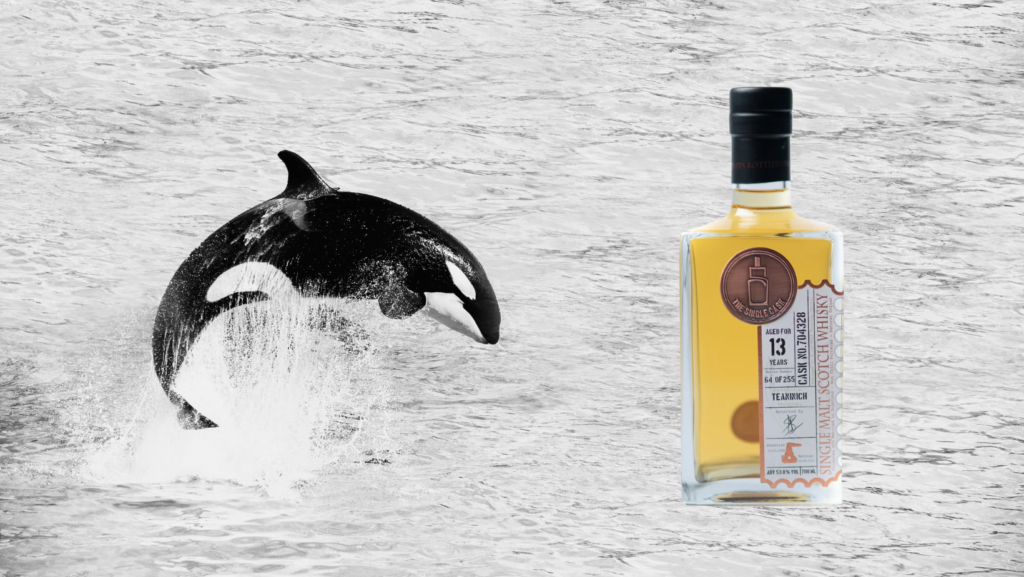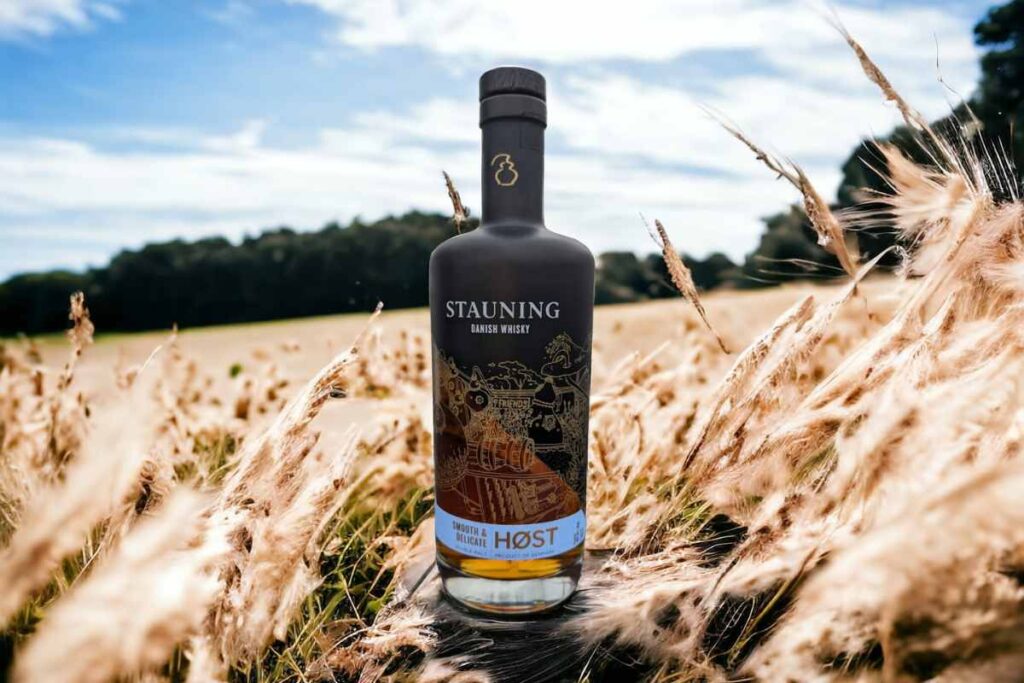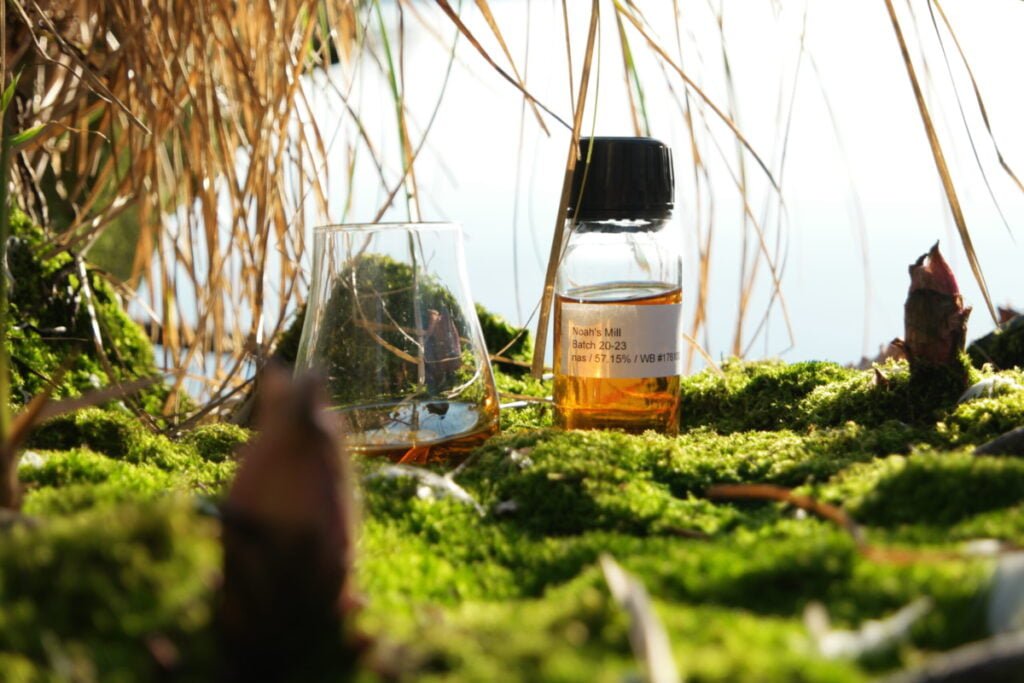Hello my fellow Dramblers! Thank you for taking an interest in my tasting notes, and for using this guide to help make sense of it all a bit.
After writing my very first blog, about the Old Rip Van Winkle, I realized that perhaps I should explain a bit more about how I’m going to be writing down my tasting notes. So, this won’t be a typical blog for me. See it as an article with guidelines to the tasting notes that I will post on this site.
I started off writing this blog very elaborately, perhaps too elaborate to still function as a guideline. So, I decided to throw things around a little bit. I have a lot to dramble on about when it comes to the stats of the whisky, but I’m going to keep it very short in this blog. I will, however, write other blogs about the different stats and link those here below. So that those who like to dramble on a bit further, can do so from here.
What are tasting notes?
Before diving deeper into the specifics of my blogs, let me describe (in a nutshell) what tasting notes are: Tasting notes are basically whisky reviews. A review that shares some facts (or as I call them: stats) and a lot of personal opinions about said whisky. Keep in mind though that no one has the same taste, and you might not get the same notes from a glass as someone else might. But they can be used to get a general idea of the flavour profile. And based on your own preferences you may take some small hints from them, to help decide whether the whisky in question might suit you (or not).
I will just give you a quick example: I love peated whisky, but it’s not for everyone. If you happen to loathe the taste of peated whisky, and I write something along the lines of “this tastes like the Valhalla of peat”, you might decide that this is not the whisky for you. Even if I give it a 99/100 score. A very extreme example to be sure, and it will be way more difficult when you get to the more nuanced flavours, but nonetheless it’s a good example of the kind of situations where tasting notes can be most useful.
Now let’s move on to things a bit more specific for the tasting notes I post on my blog.
Intro:
I will always try to write a little intro to the tasting notes. A little bit of a backstory about the whisky, or perhaps just a story about how I got to drink it. Now the first one I wrote was perhaps a bit long, it was a special occasion after all, but mostly I will stick to one or two paragraphs.
Stats:
After that I will move to the stats of the whisky. These will consist of the following:
ABV:
This stands for “Alcohol By Volume” and displays the percentage of alcohol in the whisky. For those in the states I will also add the proof, as they work with a different system there (which comes down to the ABV multiplied by two).
Click here for more about ABV.
Age:
The minimum number of years the whisky spends in the barrel. There’s also NAS bottlings out there though which means the distillery did not disclose an age statement on that bottling.
Click here for more about age statements.
Distillery:
I write this down because it’s not always the case that the name of the distillery, is the same as the brand name. Some distilleries produce the “juice” for many different whisky brands. Great examples of this are Middleton and Buffalo Trace. However they do often use different mash-bills etc., so the same distillery does not necessarily mean that the same distillate goes into the barrels of the different brands.
Owned by:
This won’t tell you much about the whisky itself but is more a fun fact. There are still some private and/or family-owned distilleries (like Glenfarclas for example), but most belong to big conglomerates (such as Diageo).
Category:
The category of a whisky consists of one, or several, descriptors. This can be country (and sometimes region) of origin, style (like single malt, or bourbon), and (when applicable) cask and finish.
Fun fact: Bourbon can only be aged in new charred oak barrels, so with a Bourbon there will never be a need to specify what type of cask it was aged in. (A “Double Oak” finish, with a second maturation in new charred oak, is permitted however). The use of coloring (E150) is also not permitted, but to prevent confusion I will add it as a standard “no” here anyway.
Chill Filtered:
This answers whether a whisky is Chill Filtered or not.
Chill filtration is the process of cooling down a whisky so certain fats in the whisky solidify. This “cloudiness” will then be filtered out so that your whisky stays “unclouded” even when you store it cold.
Click here to find out more about chill filtration.
Natural Colour:
Even though whisky is a largely natural product, it is allowed to have added food colouring (E150) in most countries (with the US being the exception). This section answers if the product in the glass still has its original colour.
Click here to find out more about natural colour.
And since we’re already talking about colour here, I’d like to take this opportunity to clarify something: Most bloggers specify the colour of the whisky, but you may have noticed its missing from mine. The reason for this is fairly simple: I am colourblind and since I’m not in the habit of copying (and publishing as my own) parts of anyone else’s notes, I decided to leave this “stat” out all-together.
That pretty much concludes the explanation of the stats and brings us to perhaps the most important part of the tasting notes, the actual notes!
Setting:
I will always add a little section for the setting of the tasting. Because your surroundings are ever so important when tasting a whisky. If I drink a whisky in a bar while standing next to a guy trying to impress a date with a cologne overdose…. I don’t really stand a chance to pick up the more intricate smells at all. If I just had a big portion of kebab with extra garlic and hot sauce, my taste will not be the same as when I only had a cup of coffee with some dry toast. Now I will prepare most of my tastings properly, and none of that will factor in too much. But if I do a tasting in a bar, I will always be limited to how much I can “protect” my taste.
On top of that mindset also comes in to play, and what tastes great one day might taste worse the next day because of it. It all factors in to play and if I write to you that I had the time of my life and was on my fifth glass of whisky, you can imagine my rating was influenced somewhat.
Nose:
Next, we move on to the nose. The nose is what we “whisky enthusiasts” call the smell of the whisky. What can we smell in the glass? Now this is very much based on personal experience. I might describe flavours that you know and might also recognise. But I could also describe a specific treat I had sometime long ago in a faraway land, of which you have no way of knowing what that might smell like. That works both ways though, it’s also impossible for me to find a smell in a whisky of something I never smelled before. For example, I often read Christmas cake in other people’s tasting notes. But I never had it, or at least not by that name. Thus, I could never smell the whisky and think aah… Christmas cake!
If you want to teach yourself to differentiate more smells in your whisky it can be good advice to look up some of the things most commonly smelled in whisky. And start by getting some of those products and learning their scent. But also, don’t fear of using your own words and your own experiences. If anything, someone who reads it might learn a thing or two from you. There will always be more flavours to discover!
Palate:
Next up is the palate. Which basically comes down to what a whisky tastes like. Does it hold up to the nose. Do I taste the same things that I smelled in the glass, or is it vastly different? All is possible! Aside from that the same things apply here, just like they apply to the next session (the finish), as in that all tastes are relevant. If you’ve never tasted something before, you cannot recognise it in the whisky. Be creative, dig in your memory and see what you find. That way whisky can not only show you a world of flavour, but also take you on a trip down memory lane.
Finish:
As mentioned above, next comes the finish. This describes the taste that lingers, after you’ve swallowed the drink. Here I will describe not only those tastes, but I will also mention how long that taste stays. Depending on the whisky, the finish can last anywhere from very short, to a very long time. For example, I’ve had whiskies that I could still taste (and feel the sensation of) hours after finishing my dram. I’ve had whiskies where I just basked in the glory of it, savouring it by being in the moment with just that finish. But I also had finishes that I quickly washed away with a piece of toast. A long finish is not always a good thing…
Verdict:
After describing all the facts, smells and tastes of a whisky. It is time to give it my verdict. I will always try to give you this as objective as possible. But the fact remains that tastes are highly personal. We all have our personal preferences and mine might be vastly different from yours. Nonetheless I will try to confer on the overall quality of the dram and based on that give it my rating.
What I’m trying to leave out of the equation of the rating is price. Because price does not confer quality. However, for me as for many others the price of a whisky IS important when it comes to our decisions to purchase something. And I could tell you to buy a certain whisky based on flavour, but that does not always mean it’s worth the price. That’s why I always give you a value rating based on the price it’s most commonly available for. For this I use a letter system instead of a number system so it’s easy to discern rating and value from one another.
Rating:
0-10 I wouldn’t give this to my worst enemy
10-19 I don’t even know what this is
20-29 This is not whisky
30-39 If you ask for whisky and I give you this… I might not like you very much
40-49 Maybe it’s drinkable if you put it in a mixer?
50-59 I would rather have skipped this one
60-69 I can drink it… but I would never buy a bottle
70-79 A nice, decent everyday sipper
80-89 Aah that’s the good stuff, this is a real treat
90-99 I’m going to go all Gollum on this bottle (my precious)
100 Perfection doesn’t exist, flaws make things beautiful
Value:
F You might as well set fire to your money
E Everybody makes mistakes
D Either regret, or a very special occasion
C Decent value, there’s better value out there but it’s a great whisky
B Great value, worth every penny
A You can’t get much better for the price, buy another bottle instantly
A+ They’re handing out free 30-year-old whisky where?!
That pretty much concludes this whole introductory to tasting notes. If you have any questions or would like a more detailed blog about any of its aspects, feel free to hit me up anytime and I will try to make it happen!




